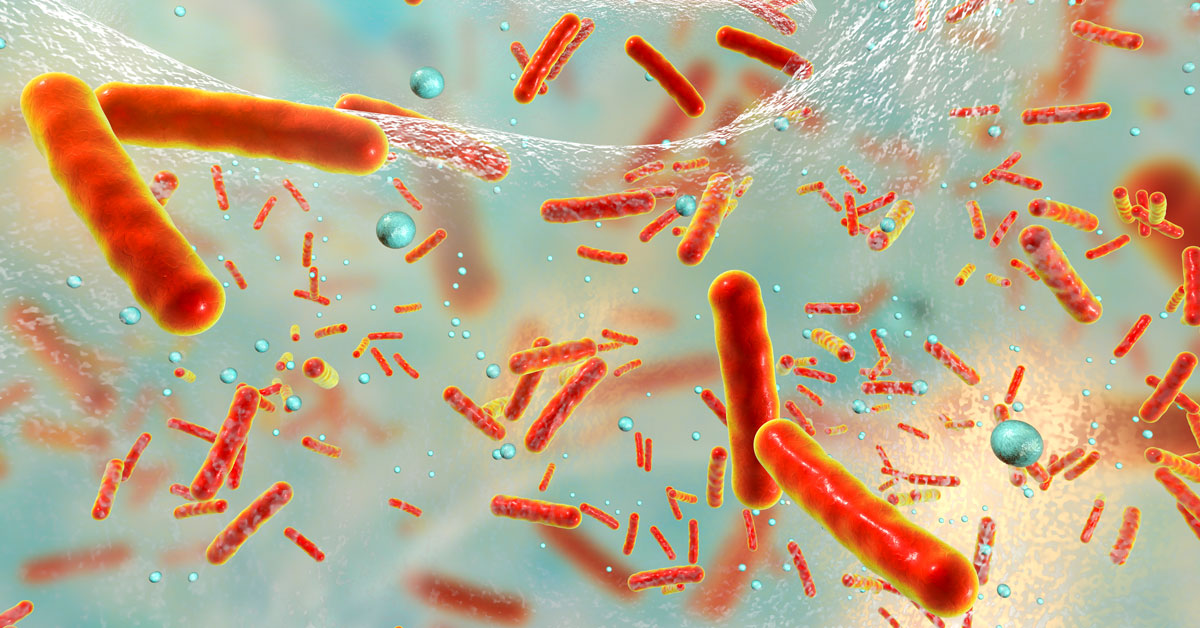
Glyphosate, glufosinate, and dicamba all affect soil microbiomes – study
1. Herbicide selection increases antibiotic resistance in soil microbial communities – analysis by Third World Network
2. Herbicide selection promotes antibiotic resistance in soil microbiomes – the study
---
1. Herbicide selection increases antibiotic resistance in soil microbial communities
Third World Network, 12 July 2021
https://biosafety-info.net/articles/assessment-impacts/ecological/herbicide-selection-increases-antibiotic-resistance-in-soil-microbial-communities/
Herbicides are one of the most widely used chemicals in agriculture, but their effects on the composition and functioning of soil microbial communities have been unclear. Experiments in soil microcosms have found that the application of three widely used herbicides – glyphosate, glufosinate, and dicamba – that are also used in conjunction with GM herbicide-resistant crops, increased the prevalence of antibiotic resistance genes (ARGs) and mobile genetic elements (MGEs) in soil microbiomes without clear changes in the abundance, diversity and composition of bacterial communities. Glyphosate had relatively the largest effect compared to other two herbicides.
This pattern of elevated resistance could be explained by two potential underlying mechanisms: selection for de novo antibiotic resistance and mobilization of ARGs via horizontal gene transfer. As glyphosate had clear effects in the experiments, and is one of the main herbicides used in China, the researchers compared its concentration and ARG and MGE abundances in agricultural soils across 11 provinces in China. They found that glyphosate application history was associated with relatively higher ARG and MGE abundances compared to herbicide-free control sites across all agricultural fields, although more work is needed to understand to what extent the herbicide-mediated effects depend on soil properties, crop species, and agricultural practices.
Together, the results show that herbicide application can enrich ARGs and MGEs by changing the genetic composition of soil microbiomes, potentially contributing to the global antimicrobial resistance problem in agricultural environments where soil microbiota is repeatedly exposed to herbicides during weed control.
The researchers stress how important it is to revisit how the safe use of herbicides is assessed. For example, quantifying herbicide effects on bacterial growth in simple laboratory assays is unlikely to predict the outcomes in bacterial communities, where relatively low sublethal herbicide concentrations can change the abundance and movement of ARGs. The researchers suggest that herbicide effects on soil microbiomes be re-evaluated to understand better the risks associated with the spread of antimicrobial resistance across agricultural environments.
---
2. Herbicide selection promotes antibiotic resistance in soil microbiomes
Liao H, Li X, Yang Q et al.
Mol. Biol. Evol. 38(6):2337–2350
doi:10.1093/molbev/msab029
www.ncbi.nlm.nih.gov/pmc/articles/PMC8136491/pdf/msab029.pdf
16 Feb 2021
Abstract
Herbicides are one of the most widely used chemicals in agriculture. While they are known to be harmful to nontarget organisms, the effects of herbicides on the composition and functioning of soil microbial communities remain unclear. Here we show that application of three widely used herbicides — glyphosate, glufosinate, and dicamba — increase the prevalence of antibiotic resistance genes (ARGs) and mobile genetic elements (MGEs) in soil microbiomes without clear changes in the abundance, diversity and composition of bacterial communities. Mechanistically, these results could be explained by a positive selection for more tolerant genotypes that acquired several mutations in previously well-characterized herbicide and ARGs. Moreover, herbicide exposure increased cell membrane permeability and conjugation frequency of multidrug resistance plasmids, promoting ARG movement between bacteria. A similar pattern was found in agricultural soils across 11 provinces in China, where herbicide application, and the levels of glyphosate residues in soils, were associated with increased ARG and MGE abundances relative to herbicide-free control sites. Together, our results show that herbicide application can enrich ARGs and MGEs by changing the genetic composition of soil microbiomes, potentially contributing to the global antimicrobial resistance problem in agricultural environments.










